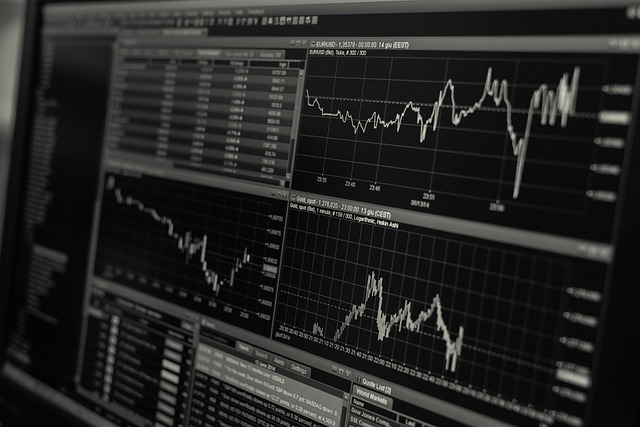How Financial Transparency Powers Global Sustainability Initiatives

Sustainability efforts worldwide increasingly depend on one critical factor transparent financial data. As nations commit to carbon neutrality and renewable energy transitions, understanding the economic forces behind these movements has become essential for researchers, policymakers, and businesses alike.
Table of Contents
The Economic Foundation of Environmental Policy
Every climate initiative operates within a financial framework. When the European Union allocates €1 trillion for its Green Deal, or when developing nations seek funding for solar infrastructure, these decisions rely on complex economic analyses involving:
- Currency exchange rates affecting international investments
- Commodity price fluctuations impacting renewable technology costs
- Capital flow patterns determining project viability
- Market volatility influencing long-term planning
For instance, when copper prices surged by 26% in 2021, the cost of electric vehicle production and solar panel manufacturing increased proportionally. Similarly, currency devaluation in emerging markets can reduce purchasing power for imported clean technology by 30-40%, directly affecting sustainability timelines.
Real-World Impact: Case Studies
Green Bond Markets The global green bond market reached $500 billion in 2023. However, currency fluctuations between issuance and maturity can affect returns by 15-20%, making forex analysis crucial for institutional investors funding renewable projects.
Renewable Energy Investment When the Brazilian real depreciated 30% against the dollar in 2020, planned wind farm projects faced significant delays as imported turbine costs effectively increased by the same margin. Access to real-time currency data helped developers hedge risks and restructure financing.
Data Accessibility Democratizes Research
Modern financial data platforms have democratized access to market information. Academic institutions and research organizations increasingly rely on structured market data APIs to conduct economic modeling related to sustainability. For example, platforms offering https://finage.co.uk/product/forex enable researchers to integrate real-time currency information into their environmental economics models without enterprise-level infrastructure costs.
This shift means universities, NGOs, and independent researchers can now:
- Track how inflation affects green technology adoption rates
- Model the impact of currency volatility on international climate funding
- Analyze correlations between commodity markets and renewable energy costs
- Study capital flow patterns in sustainable development projects
The availability of programmatic access to financial data has particularly benefited smaller institutions, allowing them to contribute meaningful research that was previously only possible for well-funded organizations with expensive Bloomberg terminals or proprietary data feeds.
Building Accountability Through Transparency
Open financial data serves multiple purposes beyond research:
For Governments: Evidence-based policy decisions backed by market analysis rather than assumptions
For Investors: Risk assessment tools for sustainable investment portfolios
For Civil Society: Monitoring mechanisms to track climate finance commitments
For Businesses: Strategic planning data for sustainability transitions
When the Philippines committed to 50% renewable energy by 2040, detailed currency and commodity analysis helped structure financing to minimize exchange rate risk—protecting the program from the peso’s volatility.
Connecting Economics and Environmental Justice
Financial transparency directly supports equity in climate action. Developing nations often face:
- Higher borrowing costs for green projects
- Currency risks that wealthy nations avoid
- Limited access to market intelligence
- Asymmetric information disadvantages
Freely available financial data helps level this playing field, enabling better-informed negotiations on climate finance and technology transfer agreements.
The Path Forward
The integration of economic analysis with environmental science continues to evolve. Key developments include:
- Predictive modeling linking market indicators to sustainability outcomes
- Real-time monitoring of climate finance flows across borders
- Risk assessment frameworks for green investments
- Transparency standards for corporate sustainability claims
As the World Bank estimates $2.4 trillion annually is needed for climate action in developing countries alone, the ability to track, analyze, and optimize these financial flows becomes not just helpful—but essential.
Conclusion
Modern sustainability isn’t just about environmental science and renewable technology. It’s equally about understanding the economic systems that enable or constrain progress. By combining transparent financial data with environmental research, we create a foundation for evidence-based policies that can actually achieve global sustainability goals.
The future depends on our willingness to connect economic realities with ecological imperatives—and that connection starts with data.



